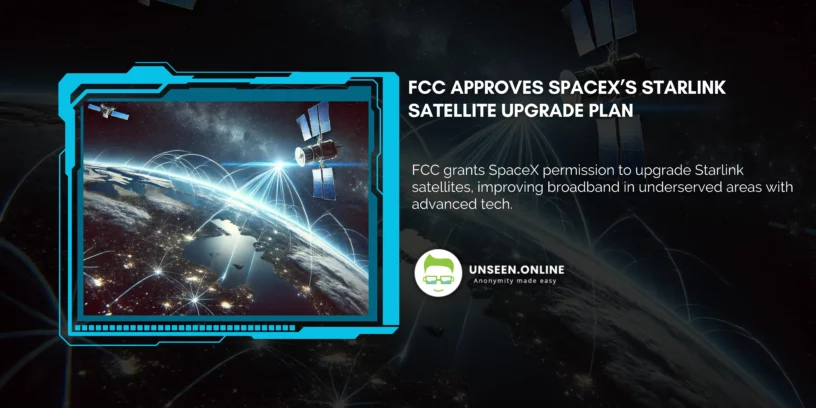The Federal Communications Commission (FCC) has granted SpaceX the green light to upgrade its first-generation Starlink satellites using advanced technology from its second-generation constellation. This move aims to enhance the quality of broadband service, particularly in underserved and remote areas, including polar regions.
SpaceX first launched its Starlink network in 2019, with a license for up to 4,408 satellites. The recent FCC approval allows the company to integrate next-generation satellite hardware, which features advanced beam-forming and digital processing technologies. These upgrades are designed to deliver more targeted and robust internet coverage.
Despite concerns from Dish Network about potential interference from the new satellite technology, the FCC concluded that SpaceX’s plan complies with both Commission and international power flux density limits. The commission noted that the use of smaller beams would optimize spectrum efficiency and expand network capacity.
SpaceX plans to gradually replace its first-generation satellites with the upgraded hardware as they reach the end of their operational life, rather than immediately de-orbiting the existing satellites. This strategic move is expected to significantly improve the overall performance of the Starlink network.







